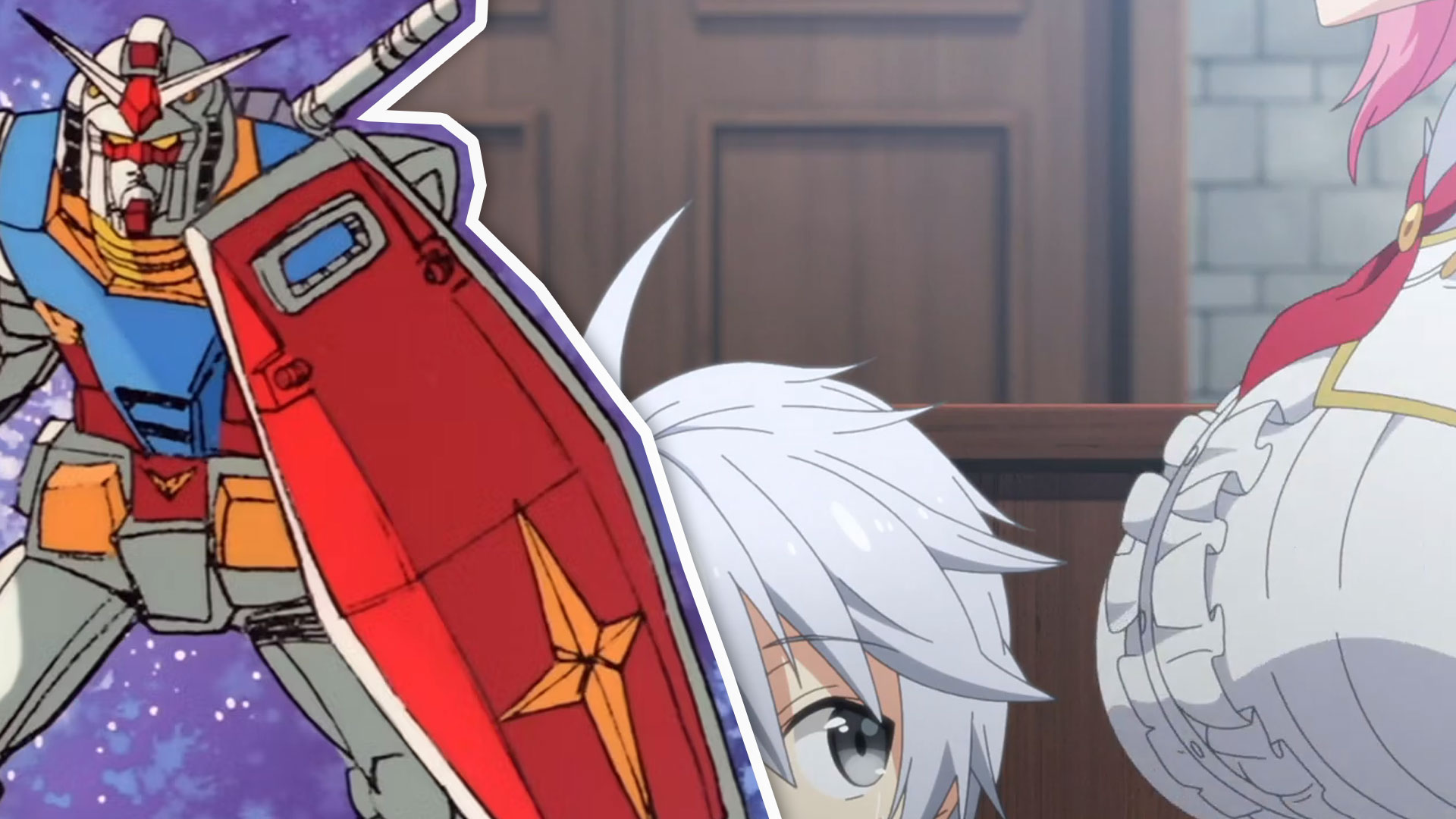The biggest question is: when is this trend going to end?
Think there are too many isekai series and they are generic? Not the first time otaku are complaining about it, except it wasn’t about isekai before.
1. Battle magic school harems
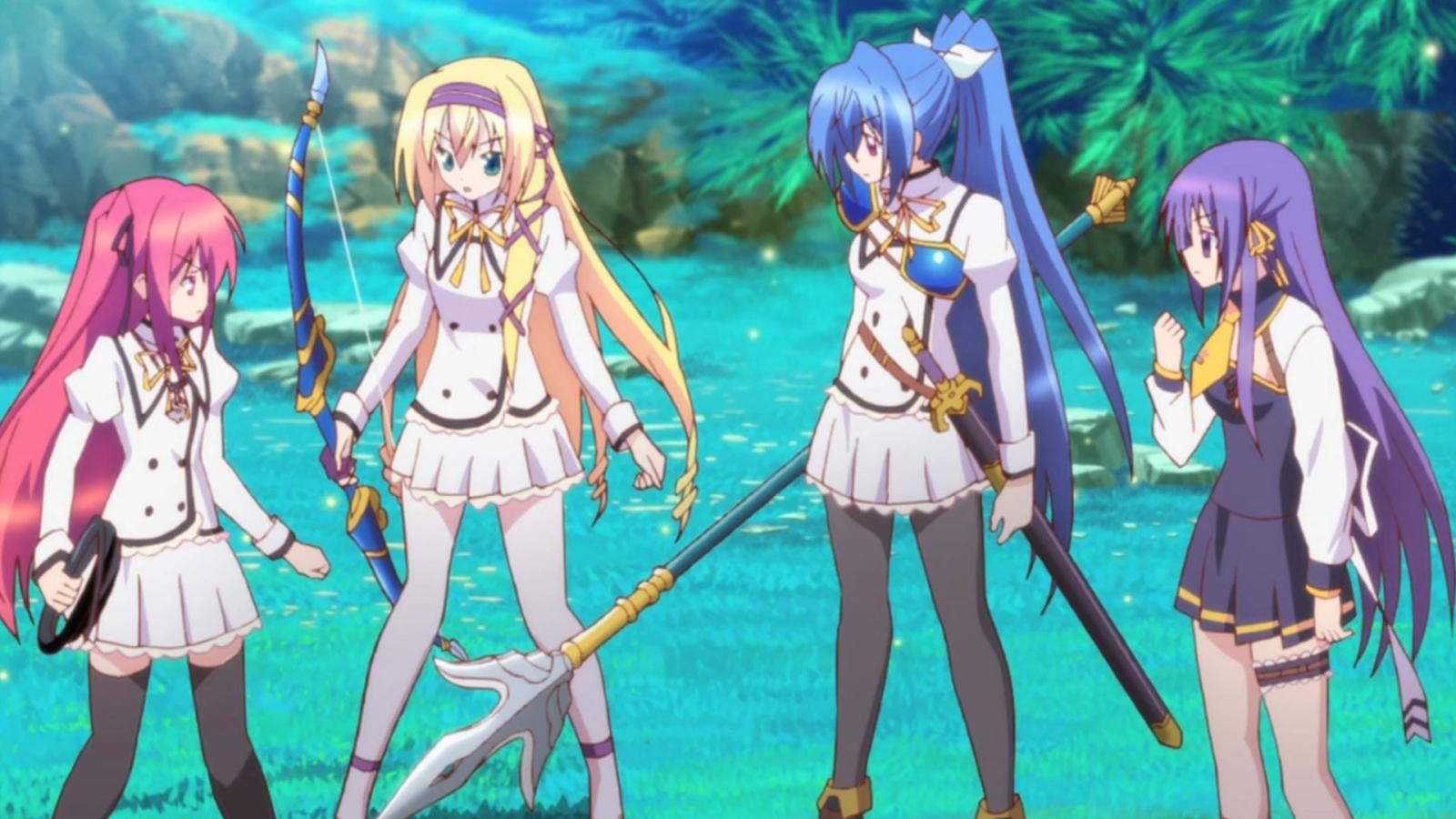
Before the late 2010s and early 2020s boom of isekai, people had another type of anime to complain about. Not a genre, but rather anime that combined a couple of genres together were grouped into this set of series.
While there’s no official definition of them (or even an accurate way to group all of them together), the closest way to describe them is “battle magic school harems.”
The setup is usually the male character is transferred to a magic or technomagic school, where the students fight some sort of threat (or each other), and he has a special version of the power that the power system of the series is based on. And, of course, the girls fall for him.
These anime were noted to be incredibly similar to each other and generic. Commonly brought up examples are Absolute Duo, Blade Dance of the Elementalers (Seireitsukai no Blade Dance) and Undefeated Bahamut Chronicle (Saijaku Muhai no Bahamut).
2. Visual novel adaptations
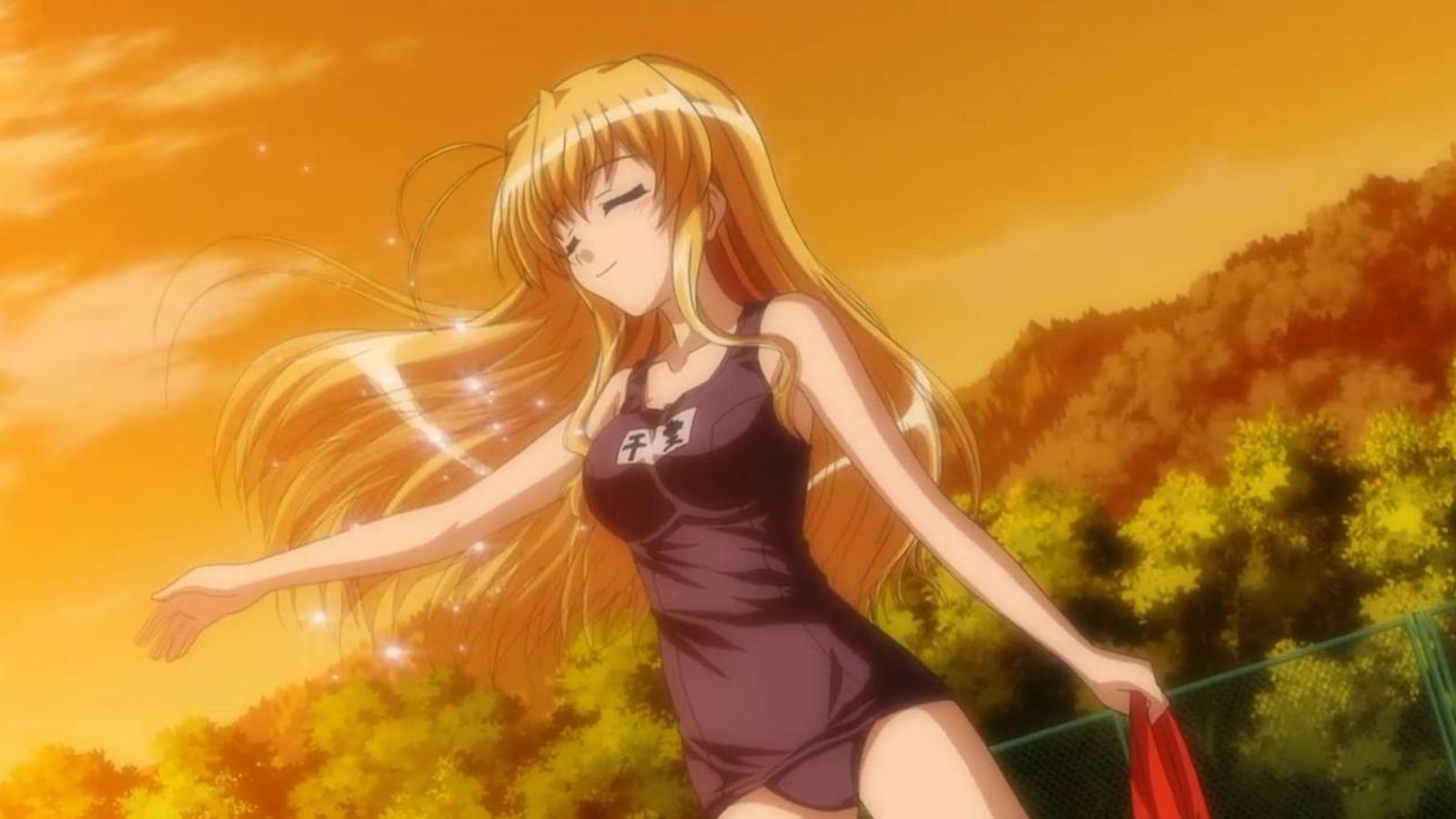
No, not the plot-heavy ones like Steins;Gate or the Fate series. The 2000s were famous for adapting dating simulator-type visual novels into harem/romance anime. And, as you might have guessed, viewers complained about these series being generic as well.
Some of these series actually had huge franchises around them, like To Heart and D.C.: Da Capo. Others were just one cour long, like Fortune Arterial: Akai Yakusoku and Gift: Eternal Rainbow.
It might be hard to adapt a visual novel into anime, but some of these romance-oriented series became huge hits. The works by the visual novel Studio Key come to mind: Kanon, Air and Clannad.
3. Shoujo manga adaptations
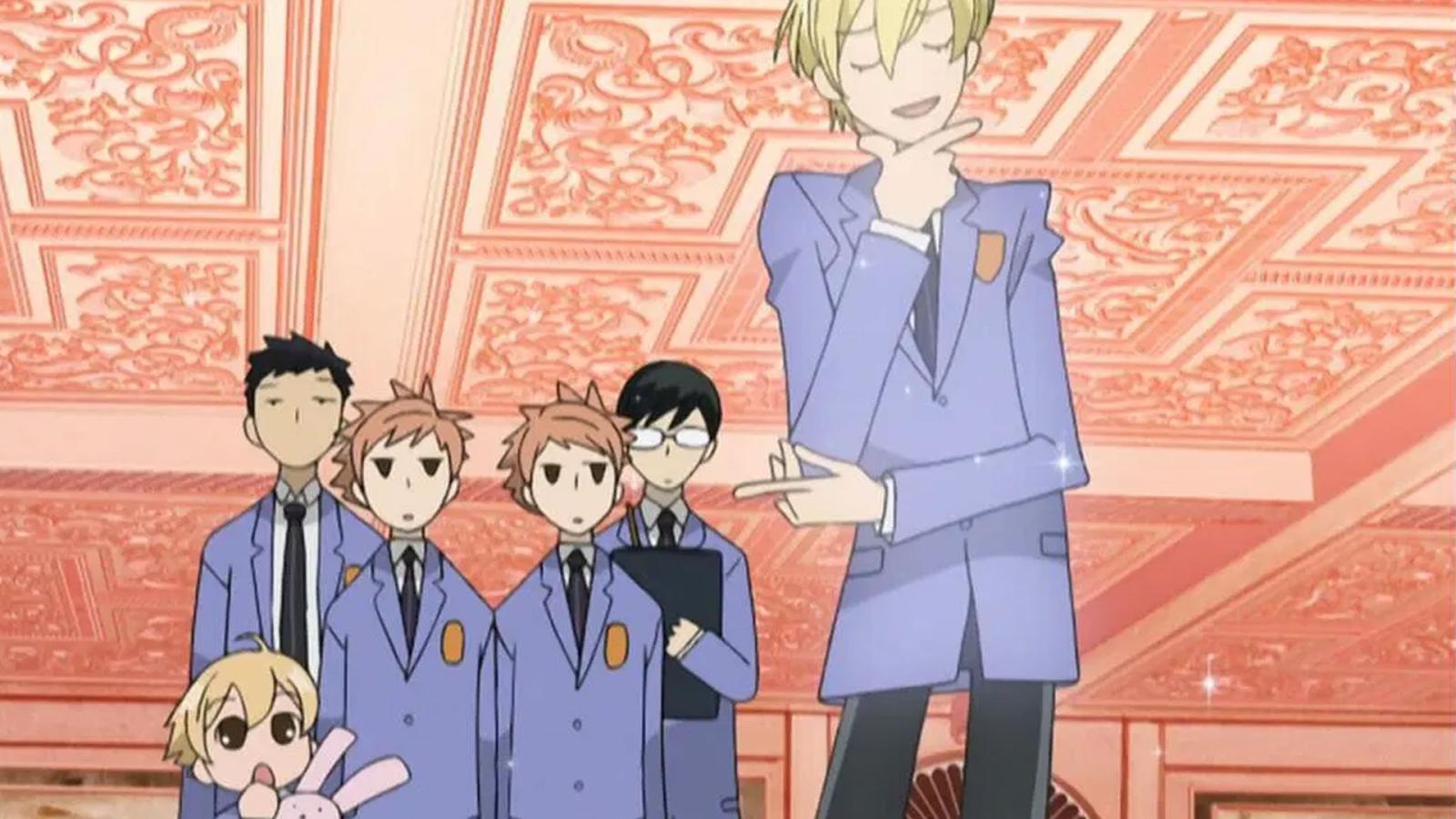
We barely see them nowadays, and people weren’t really complaining about them that much. Shoujo manga always had its dedicated fandom, which seems to have moved on to other anime — considering there are hardly any nowadays.
Examples of shoujo manga adaptations in the 00s include series like Skip Beat!, Ouran High School Host Club (Ouran Koukou Host Club) and Nana. They’re not just a 00s thing, though: shoujo, as a demographic, has been around since forever.
4. Mecha
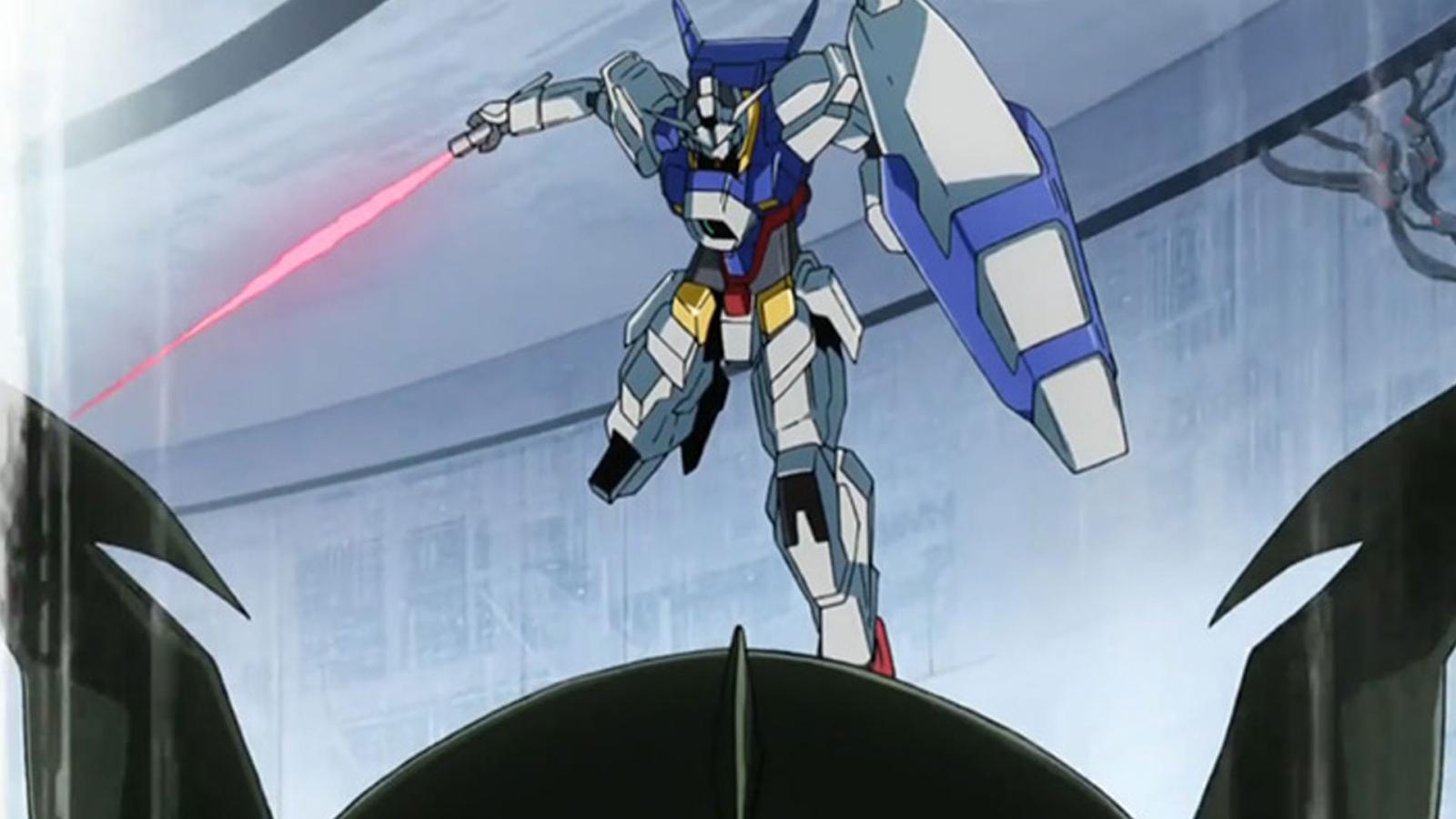
Mecha was the prime genre of anime many decades ago. These series used to run for dozens, if not hundreds of episodes — it was hard to find one that was shorter than 4 cours.
And no, it was not “just about giant robots” — almost all the time, mecha anime are character-focused. Big examples would be Mazinger Z or Heavy Metal L-Gaim (Juusenki L-Gaim).
With the popularity of Neon Genesis Evangelion, ironically, the approach to the genre changes. Huge franchises like Macross and Mobile Suit Gundam persisted, but many later series that weren’t a part of any huge franchise tried to experiment with the genre, which was already losing popularity.
We still get new mecha anime occasionally, but they’re mostly for dedicated fans only

